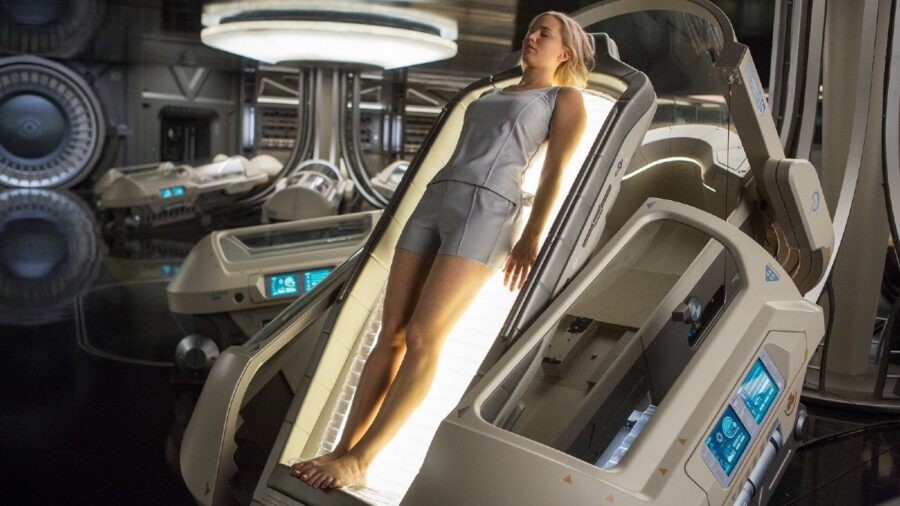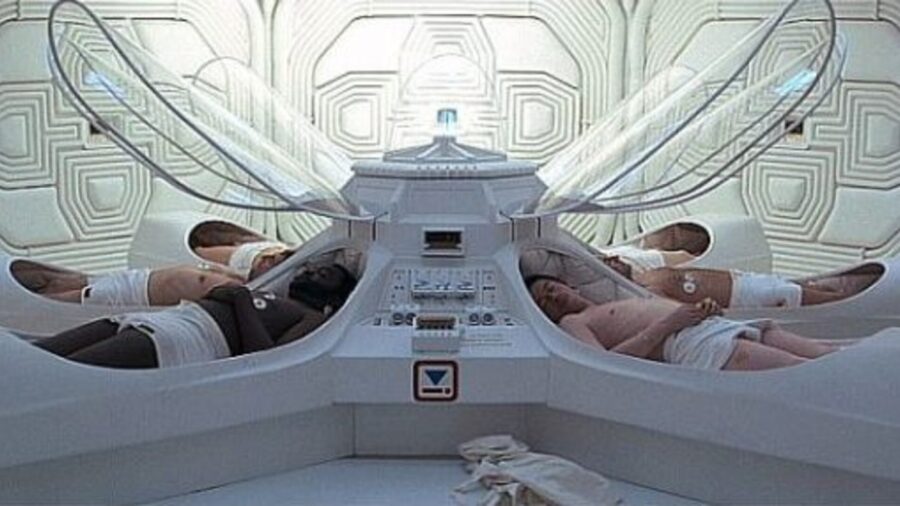Hypersleep Is Becoming A Reality For Long-Distance Space Travel
Researchers believe hypersleep could be a reality within 10 years after studying how animals hibernate and deducing a way to induce torpor in humans.

Although hypersleep has been recurring in works of science fiction like Alien, Avatar, and 2001: A Space Odyssey, it may be becoming a real possibility in the field of space travel and beyond. According to a recent article from Space.com, scientists believe that hibernation studies are not some far-fetched future endeavor, but something that could be happening within the next decade.
In the article, research and payload coordinator of Human and Robotic Exploration at the European Space Agency (ESA) Jennifer Ngo-Anh told Space.com that “10 years is a realistic timeline” when it comes to human hypersleep trials. Ngo-Anh recently co-authored a paper outlining the space agency’s approach to hibernation research. With this timeline, human hypersleep trials could be occurring as early as the mid-2030s.
A number of studies have already been done on animals and inducing torpor, the medical term for the sleep-like state animals enter during hibernation, in animals that don’t usually hibernate. One study saw scientists successfully administering a neurotransmitter substance to rats in a dark, reduced-temperature space that allowed them to induce torpor in the animals. This could pave the way for hypersleep studies on animals and humans.
One of the biggest pitfalls that long-term space travel has encountered is the deteriorating effects that microgravity has on the human body. Astronauts who endure microgravity for long periods experience high levels of fatigue, muscle and bone deterioration, and often need medical assistance when returning to Earth. Within a month in microgravity, astronauts often lose up to 20 percent of their overall muscle mass, making longer trips impossible.
Interestingly enough, hypersleep hibernation may be the cure, as research suggests that the bodies of astronauts who hibernate may be impacted much less by microgravity than if they had stayed awake. Unlike anesthesia or regular sleep, where the body is still fairly active, torpor is more like a pause button. When hibernating, animals register very little electromagnetic activity in the brain resulting in cells that stop processing, creating nutrients, dividing, and dying; the body drops its temperature to hypothermic levels, and heartbeats slow to almost a halt.

In terms of space exploration, this kind of hypersleep would save water, food, and oxygen costs, negate the negative impacts of microgravity, and could even stop the body from radiation damage. It would mean that astronauts could come out of long-term space travel with their bodies and minds relatively healthy, and for endeavors like space and interplanetary travel, this would be essential in projects like building base camps or traversing unknown planets. Trips like NASA’s proposed Uranus mission would then be feasible.
This kind of hypersleep biological response could provide benefits for space travel and beyond, especially in medicine. It could be especially helpful for patients on long-term bed rest and those in medically-induced comas, whose bodies usually degrade after long periods of inactivity. This pause button could also be useful during organ transplants and in Intensive Care Units where medical professionals could induce hypersleep states in order to buy more time while treating a patient in need of dire care.
It will be years before human trials begin. There are also many logistical hurdles involved in applying it to space travel and in real-world situations. Still, the benefits of torpor and this kind of hypersleep could soon outweigh the risks.













